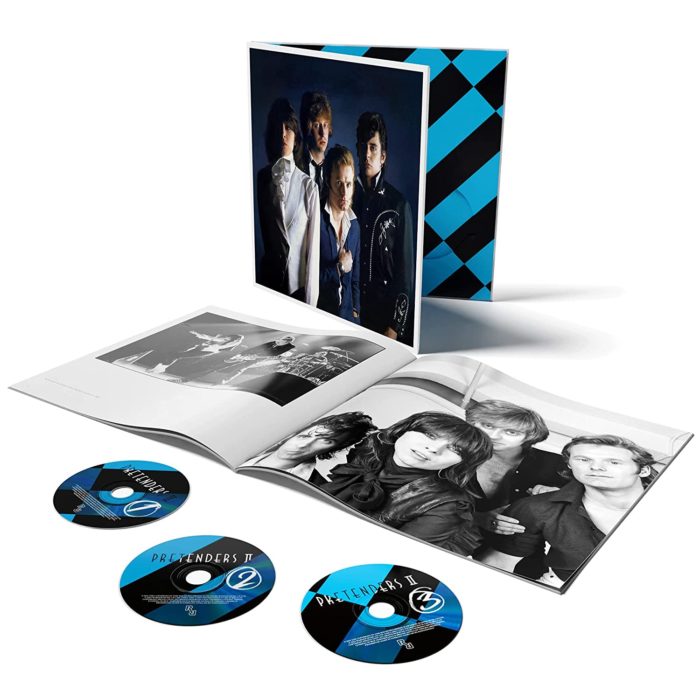Few debut albums throw such a jarring first punch, then go the distance as a perennially influential and revitalizing body of work sounding as important 40 years later as it did the day it was released. Pretenders does. Since the 12-song set rose with the dawn of a new decade in January of 1980, every successive generation of musicians has had its collective of admirers (see Eddie Vedder and Trey Anastasio, to name two) praising the record; finding inspiration in the enduring songwriting of Chrissie Hynde, the street tough twin-guitar attack of Hynde and James Honeyman-Scott, and the cross-currents of Midwest muscle and British post-punk disconnect that wraps up the Kinks and Iggy Pop into a radical dervish of comment and seduction.
Hynde drives the quartet with a singular purpose, but not a singular voice; Honeyman-Scott’s throwback dirty rock; Martin Chambers hammering away on drums; Pete Farndon’s lockdown bass. These are equally essential components for a sound that hybridizes genres and attitudes with uniquely personal ambition. Like The Police, the Pretenders found a place for reggae rhythms. Like The Clash, Hynde could scuff up with the best of them, and still write the catchiest of hooks. And, as importantly, spit out such unapologetic and honest lyrics, profane even, that ranked her immediately among the power women of rock without ever doing so with any self-conscious intent. The Pretenders’ brand of elixir embraced and simultaneously ignored the spirit of feminism- as on the Pretenders II follow-up’s opening combo- “The Adultress” and “Bad Boys Get Spanked”- through these devilishly clever messages from Hynde suggesting: I’m just as wise, just as raw as you are. Probably more.
Hynde curated this pair of celebratory box sets- three discs each- marking the anniversary of the quartet’s first two albums with remastered original versions, B-sides and demos, and live cuts from performances in the U.K. and the U.S. The live material included is especially enjoyable, detailing the thrust of the four in concert, capturing the untainted talent and energy. Of note is the wonderfully perceptive choice to fashion the packaging of the CD sets as vinyl albums in regards to the original cover art, actual size and shape of the box, and the extensive liner notes within. (Purely, from an aesthetic angle, having these sit symmetrically on the shelf alongside their vinyl cousins is a conspicuously nice touch.)
The second album is similar to the first in approach, if not as ear-opening. Hynde was reeling from the unending touring the success of the debut necessitated. The writing reflected that. Yet listening to the two sets in sequence reveals a different perspective; one affirmed in hindsight of the sadly tragic deaths of Honeyman-Scott and Farndon prior to the recording of a third record, Learning to Crawl. This was a fireworks burst of a band. One that had a brief but booming moment still resonating as brightly and as loudly as when it was first detonated. These two albums are not companion pieces by intent, but survive as such: the musical proof of the Pretenders’ big bang.




No Comments comments associated with this post